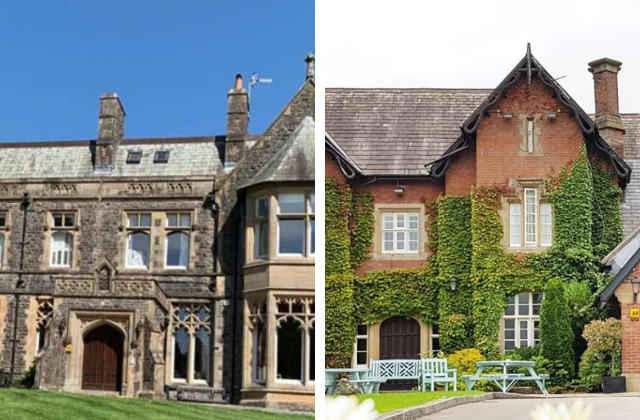Way back in 2009 when the cinemas were showing Avatar, Michael Jackson and JLS topped the charts and cool kids adopted iPhones, Windows 7 arrived as the replacement for the much-maligned Windows Vista.
Fast forward 10 years to January 2020 and Windows 7 is end of life – meaning no more patches, no more bug fixes, no more support. Whilst the operating system will continue to run, the cyber security risks will start in increase as time goes on.
The absence of security updates not only makes the system vulnerable to the latest malicious malware or virus, but the published updates to similar operating systems advertise the potential exploits to the world at large. Eventually anti-virus and anti-malware products will not support Windows 7 and the risk becomes even greater.
Keeping outdated and unpatched operating systems on the local network not only risks the data on that PC, but also compromises the security of all the other equipment on the network – be it your co-workers laptop or the File Server.
Should the worst happen, and the company’s data is locked up by a ransomware attack, you may find the insurance policy is invalid as the small print will likely dictate that equipment is patched and supported.
It’s not all doom and gloom – a simple upgrade to Windows 10 will take you off the Microsoft Naughty Step and back on the security patch ladder. Windows 10 is undoubtedly better, faster and more secure. We are only four years into a potential ten-year cycle for Windows 10, so there is plenty of life left in it yet.
- To read this feature in full and access further Lancashire business news, advice and analysis subscribe to Lancashire Business View magazine or join the LBV Hub from just £2.50 per month. Click here to subscribe now.
Enjoyed this? Read more from Dan Massey, Infinium





















